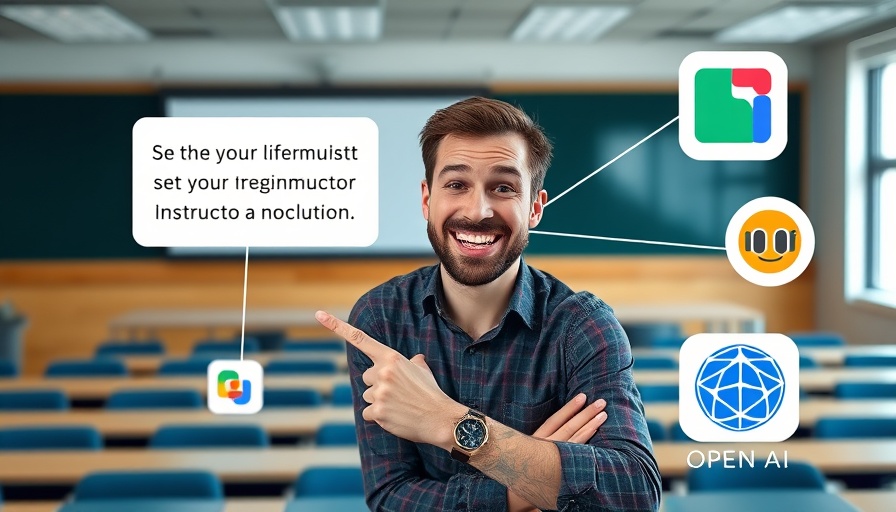
Embracing Creativity: The Art of Designing Your Life
In the colorful tapestry of life, each thread of creativity weaves a unique pattern that defines our identity, purpose, and passion. In the recent episode of How to Be a Better Human, host Chris Duffy sits down with Debbie Millman, a renowned designer and host of the podcast Design Matters, to discuss the essentials of designing a creative life. Millman shares her insights gained from two decades of interviewing some of the world’s most innovative thinkers and creators, offering a rich exploration of how we can cultivate our creativity in everyday life.
In 'How to Design a Creative Life,' the conversation with Debbie Millman explores the intricacies of creativity, identity, and personal growth.
Beyond Personal Branding: The Quest for Genuine Identity
One of the standout themes in Millman’s conversation is the distinction between personal branding and true self-discovery. While many people today are obsessed with creating a polished personal brand, Millman argues that this pursuit often strips away our humanity. Instead of focusing on how we can be marketed, she emphasizes the importance of building one’s character, reputation, and body of work as the true measures of a person's worth. "Brands are manufactured; humans are living, breathing entities capable of change and growth,” she explains. This perspective urges us to deepen our understanding of ourselves rather than reduce our identities to a mere commodity.
The Importance of Building Character and Reputation
Millman asserts that developing one’s character is achieved through honesty, resilience, and accountability. The journey to self-discovery is not instantaneous; it requires patience and time. “If you’re starting your career, the most important thing is to stay true to your beliefs. Don’t bend to popularity contests,” she advises. This approach encourages young creatives to invest time in honing their craft without the pressure of immediate perfection, highlighting that every misstep is part of the iterative process that leads to growth.
Lessons from Gardening: Growth Through Patience
Millman also draws fascinating parallels between gardening and creativity. Just as a garden requires careful nurturing and patience to thrive, so too does our artistic expression. By recounting her own experiences with gardening during the pandemic, she illustrates how cultivating patience and overcoming obstacles can lead to unexpected successes. "I was ill-equipped at first, but through consistency and care, I found beauty in my garden’s transformation,” Millman reflects, demonstrating that the journey of creation is often filled with lessons of resilience and discovery.
Understanding Our Place in the World: The Bigger Picture
Moreover, the conversation touches on how understanding our origins and the scale of the universe informs our creativity. Millman’s fascination with astronomy reveals a deeper existential thread in her work. Recognizing our small place in the grand cosmos adds a layer of humility and inspiration to our creative journeys. This cosmic perspective invites us to explore not just our individual experiences but also how they fit within the larger human narrative.
Finding Beauty in the Complexities of Life
Millman encourages embracing the complexities of life, acknowledging that suffering does not negate the potential for beauty. Rather, it amplifies our ability to appreciate joy and connection. She shares her own experiences of using painful moments to fuel her creative work—a testament to the transformative power of art.
As we navigate our creative lives, Debbie Millman’s insights urge us not to rush the process of self-discovery. The embodiment of design exists not only in the visual aspects of our work or immediate success, but in the ongoing commitment to understanding ourselves, our communities, and our impacts. Whether through art, design, or everyday interactions, the call is clear: cultivate your growth, cherish your journey, and dare to design a fulfilling life with purpose.
 Add Row
Add Row  Add
Add 




Write A Comment